Welcome to Foshan SAILON Tinplate Printing & Can Making Co., Ltd.
News
-

SAILON Leads Industry Upgrades with 27 Years of Customization Expertise
As global environmental policies tighten and enterprises’ demand for sustainable development grows, tinplate aerosol cans — which combine “high recyclability” and “strong adaptability” — are rapidly expanding from traditional fields such as automotive care and industrial manufacturing to scenarios like home care and architectural decoration. According to the 2024 Global Aerosol Can Market Report, annual sales of tinplate-based aerosol cans increased by 12.3% year-on-year, with customized products accounting for over 40% of the total — becoming a core driver of market growth. From Workshops to Homes: The “Multi-Scenario Adaptability” of Tinplate Aerosol Cans In the automotive aftermarket, tinplate aerosol cans have long been a “standard tool.” The after-sales director of an au...Learn more -
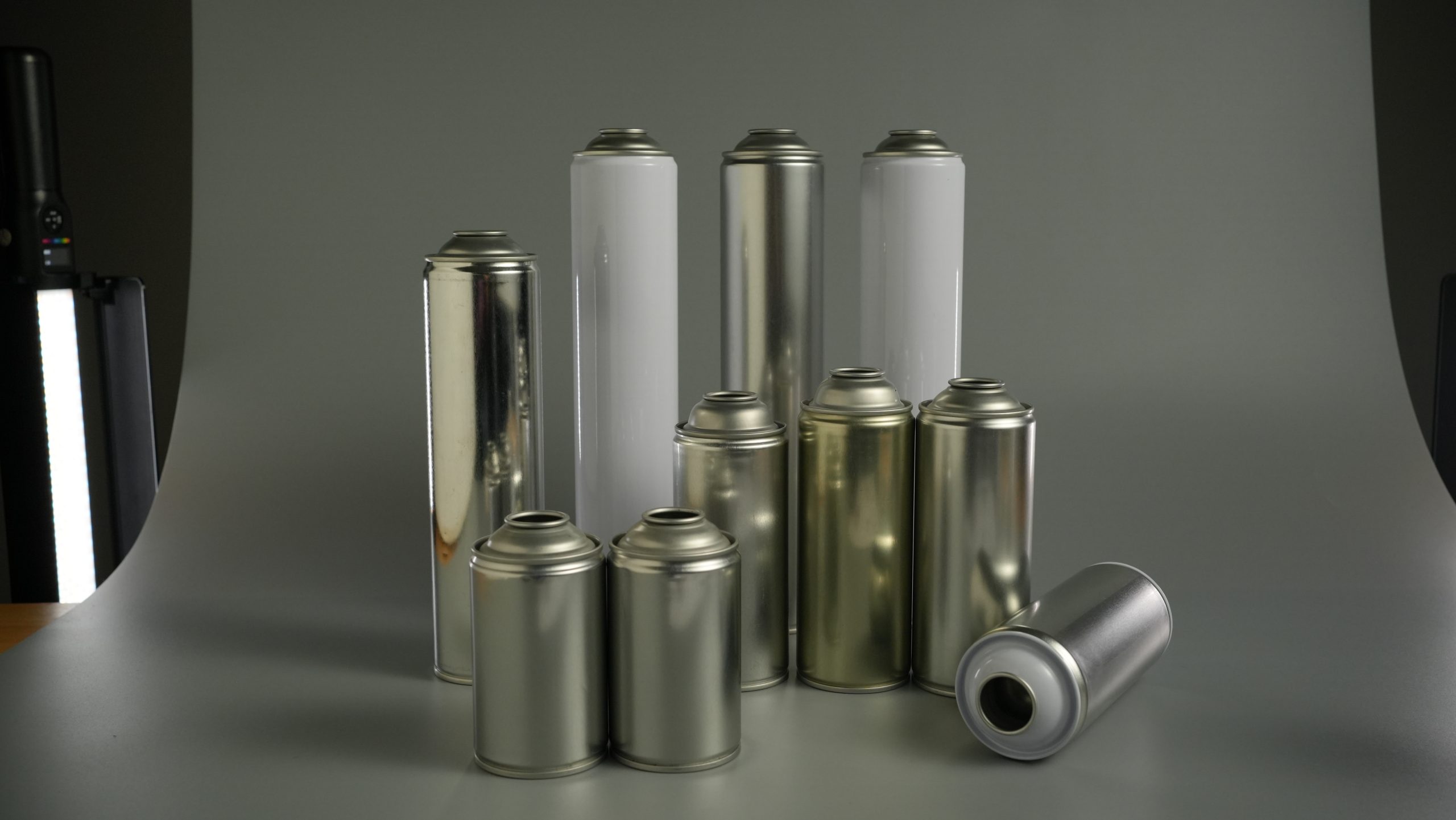
Tinplate Aerosol Cans: Unsung Heroes from Automotive Care to Industrial Sectors
1. The “Pressure Can” You Use Daily Has Evolved for 98 Years On a freezing winter morning, a car owner frowns at the thick ice on the windshield—press the aerosol can nozzle, and the ice melts in 30 seconds; at a renovation site, workers use canned foam adhesive to fix door and window gaps quickly; in the workshop, technicians spray rust remover to deal with part rust easily… The core carrier in these scenarios is the 3-piece aerosol can with a 98-year development history. Traditional 3-piece aerosol cans consist of a can body, top cone, and bottom dome. The upgrade of tinplate material has made it a new favorite for eco-friendly packaging in 2025: recycling 1 million tinplate aerosol cans saves 2.5 tons of steel, equivalent to preserving 30 adult trees. ...Learn more -

Tinplate Aerosol Cans: How to Stop Corrosion & Leakage
walking into your warehouse to find insecticide cans leaking everywhere—this nightmare became reality for an Indonesian company in 2024, leading to a $910,000 dispute over rusted tinplate packaging. Tinplate cans dominate the aerosol market thanks to 75%+ global recycling rates and 35% lower energy use than aluminum cans, but corrosion remains a top headache. Here’s how to solve it. 1. Where Does Corrosion Strike? Corrosion TypeHigh-Risk AreaReal-World ScenarioCrevice CorrosionCan body & lid seamsCleaner cans rusting at seamsGalvanic CorrosionCopper weldsInsecticide cans leaking at weldsUnderfilm CorrosionDamaged inner coatingAir freshener cans bulging insidePitting CorrosionBottom liquid poolWater-based sprays developing pinholes 2. Formula Protection (2025 Standards)...Learn more -
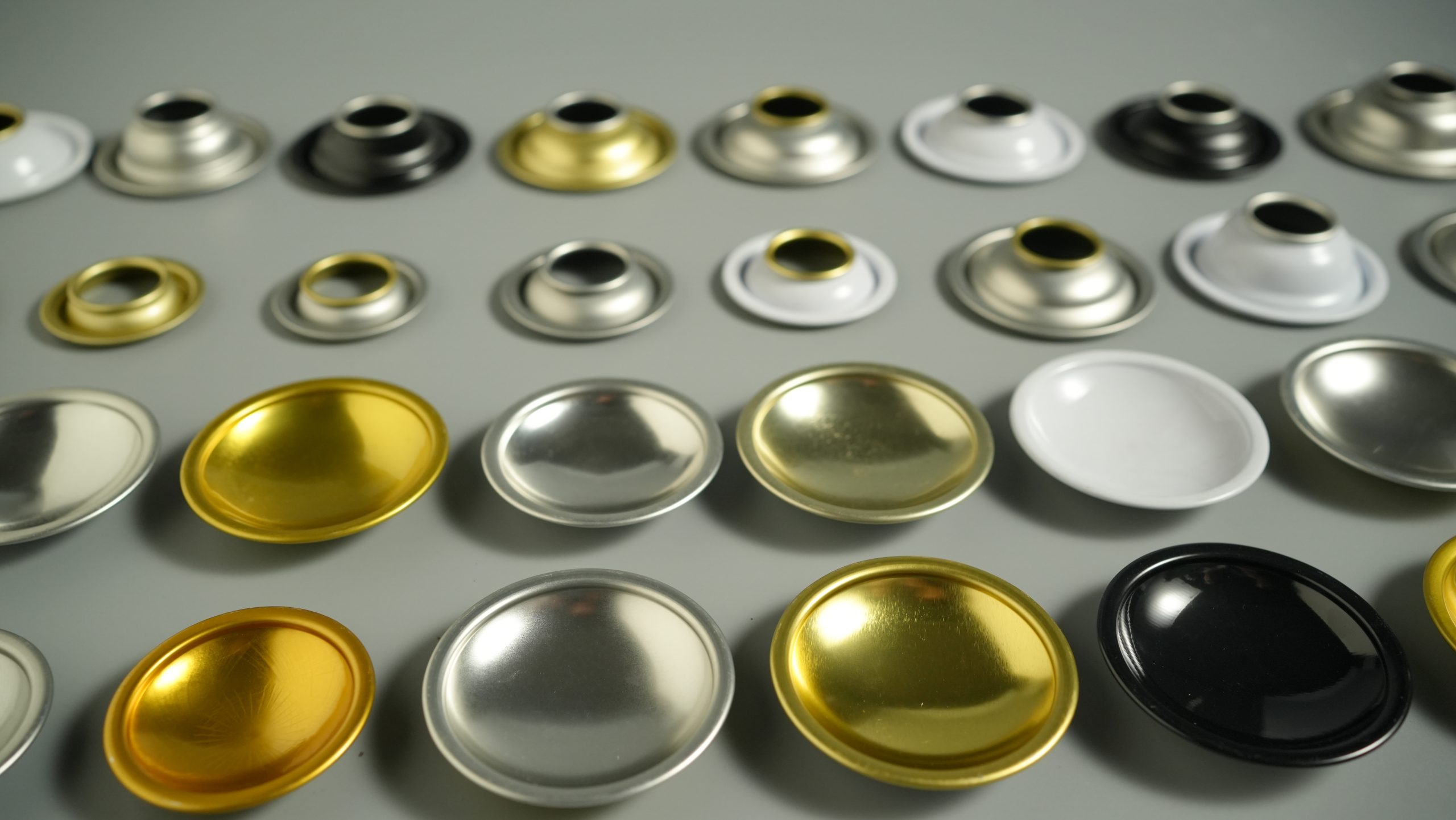
Tinplate Aerosol Can Customization: 5 Adaptation Principles to Avoid “Mismatch” Troubles!
Opening: A “Adaptation Crisis” of Sunscreen Spray A beauty brand once faced a problem: after customizing tinplate aerosol cans and filling them with sunscreen spray, the spray was either too scattered like “water mist” or too concentrated like “water flow”, completely failing to achieve the expected fine atomization effect. After investigation, it turned out that the can body diameter and valve specifications did not match the viscosity of the liquid——this is a typical case of “can-liquid mismatch”. In fact, customizing tinplate aerosol cans is not as simple as “choosing a can to hold things”; it needs to be accurately adapted to product characteristics, usage scenarios, and compliance requirements. Otherwise, even the ...Learn more -
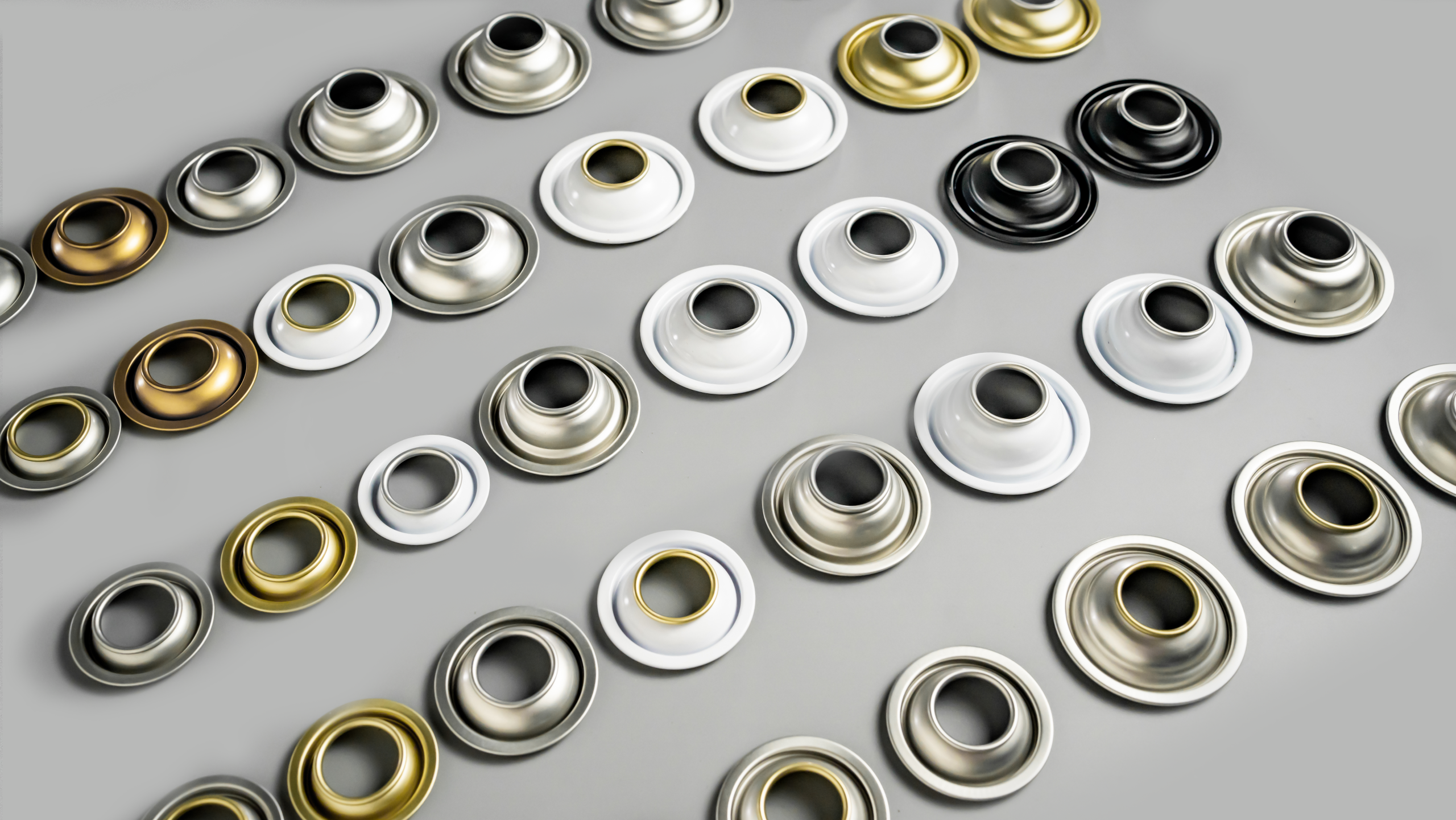
6 Key Factors Determining Tinplate Aerosol Can Quality: Avoid These Pitfalls When Customizing!
A Leakage Accident That Sparks Reflection A cleaning product manufacturer once faced a frustrating issue: a batch of customized water-based aerosol cans worked perfectly during initial testing, but suddenly leaked in bulk after 3 months in the warehouse. Disassembly revealed that the coating at the weld seam had been corroded through by the liquid, exposing the rusty tinplate substrate. This is not an isolated case—As pressure vessels, aerosol cans must withstand both internal propellant pressure and liquid corrosion, making quality control an intricate process. Aerosol products consist of four core components: the can, valve, liquid, and propellant gas. The quality of tinplate aerosol cans directly determines product lifespan and safety. Water-based aerosols, in particular,...Learn more -
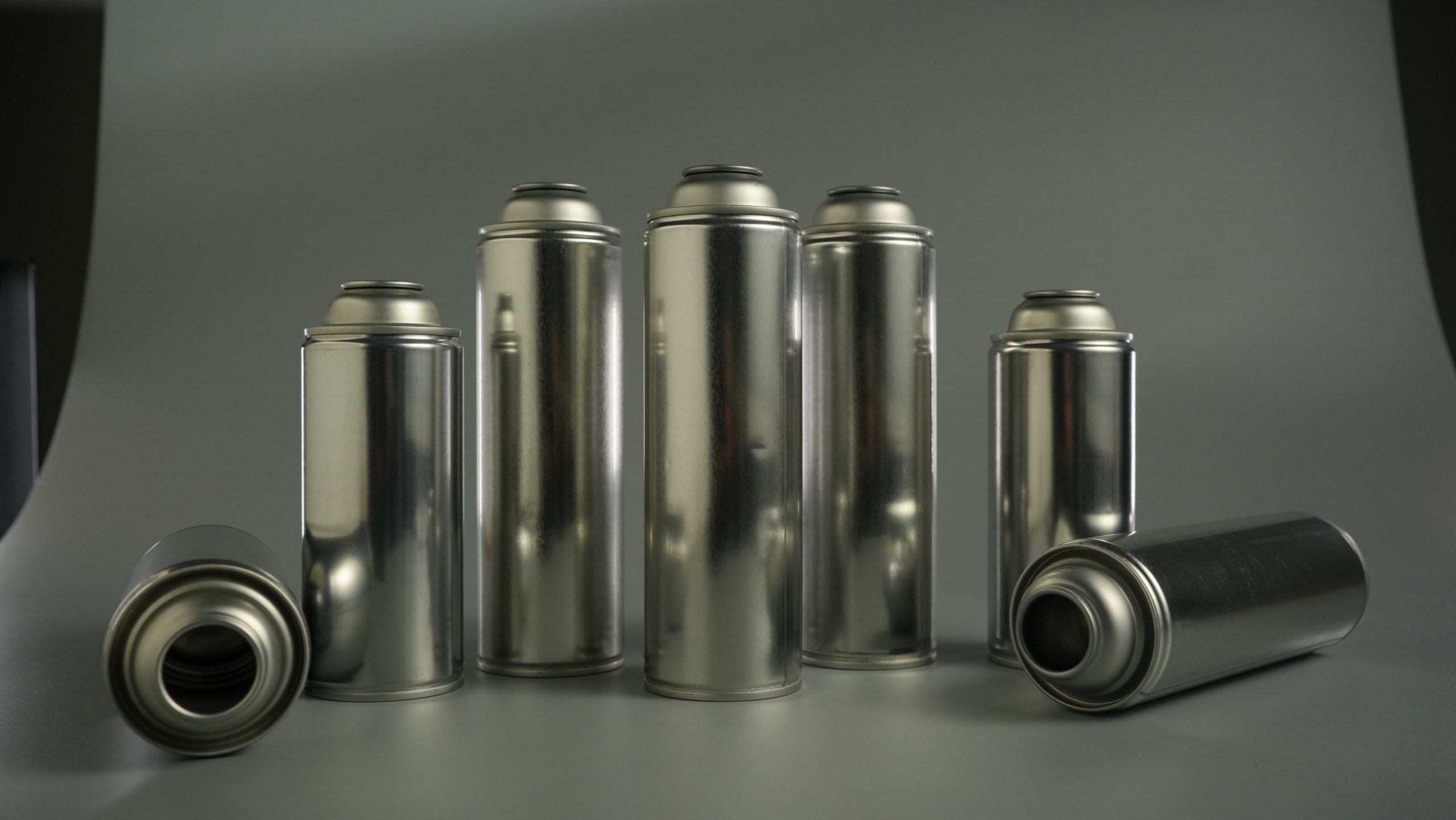
How We Solved a US Pet Supply Firm’s 100,000-Can Production Bottleneck
“Our Filling Line Can’t Fit This Can Neck!” – A US Client’s Emergency Call Last March, Mike, the procurement manager at a Texas-based pet supply firm, called in a panic: “We ordered 100,000 aerosol cans for flea spray, but the sample neck diameter is 2mm off—our filling machines can’t use them, and we need to ship to Walmart and Chewy by week 8!” This is the kind of challenge we solve daily for US business clients. For American companies working with overseas suppliers, “customization” isn’t just about logos or sizes—it’s about fitting seamlessly into their domestic production lines and meeting strict US regulatory standards. Here’s how we turned Mike’s crisis into a smooth partnership. 1、The 3 Key Pain Points We Addressed (And How) US business clients rarely just “ne...Learn more -
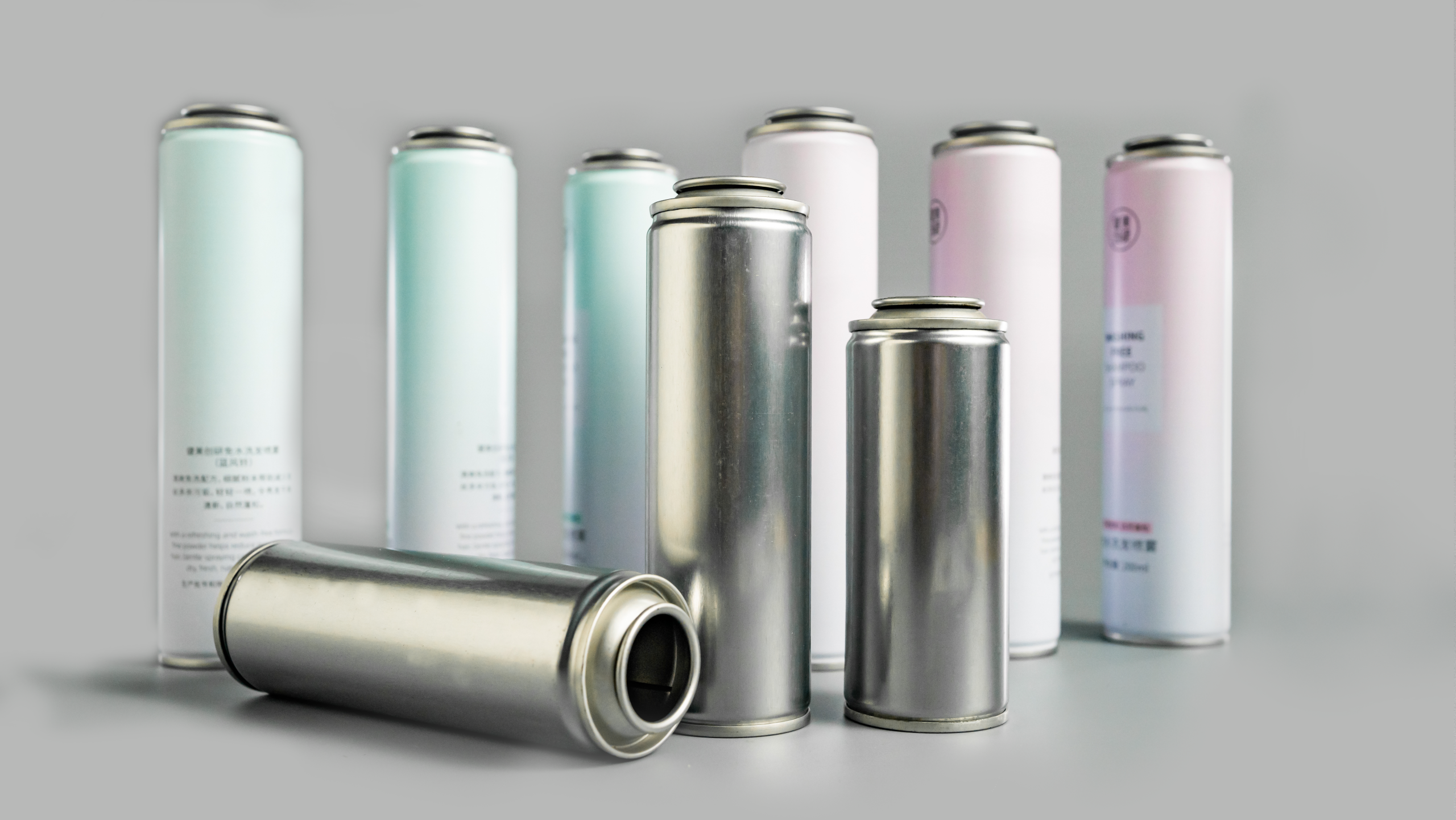
Tinplate Aerosol Can Quality Upgrade: Core Technology of Sealing & Gasket Selection
1. Why Poor Quality Ruins Business? The global aerosol container market reached $302.5 million in 2025, but a cosmetics factory once scrapped an entire batch of sunscreen sprays due to leaking tinplate cans—root cause lies in sealing precision and gasket compatibility. These two technical checkpoints directly determine customer retention for custom tinplate can manufacturers. 2. Sealing Control: The “Leak-Proof Line” of Millimeter Precision What is the Sealing Process? It uses 6 or 8 valve-sealing claws to radially expand the inner wall of the valve cup, fixing the valve tightly on the 1-inch diameter tinplate can mouth. A qualified seal forms an annular groove inside the cup, locking onto the can mouth like a “buckle”. 4 Golden Standards for ...Learn more -
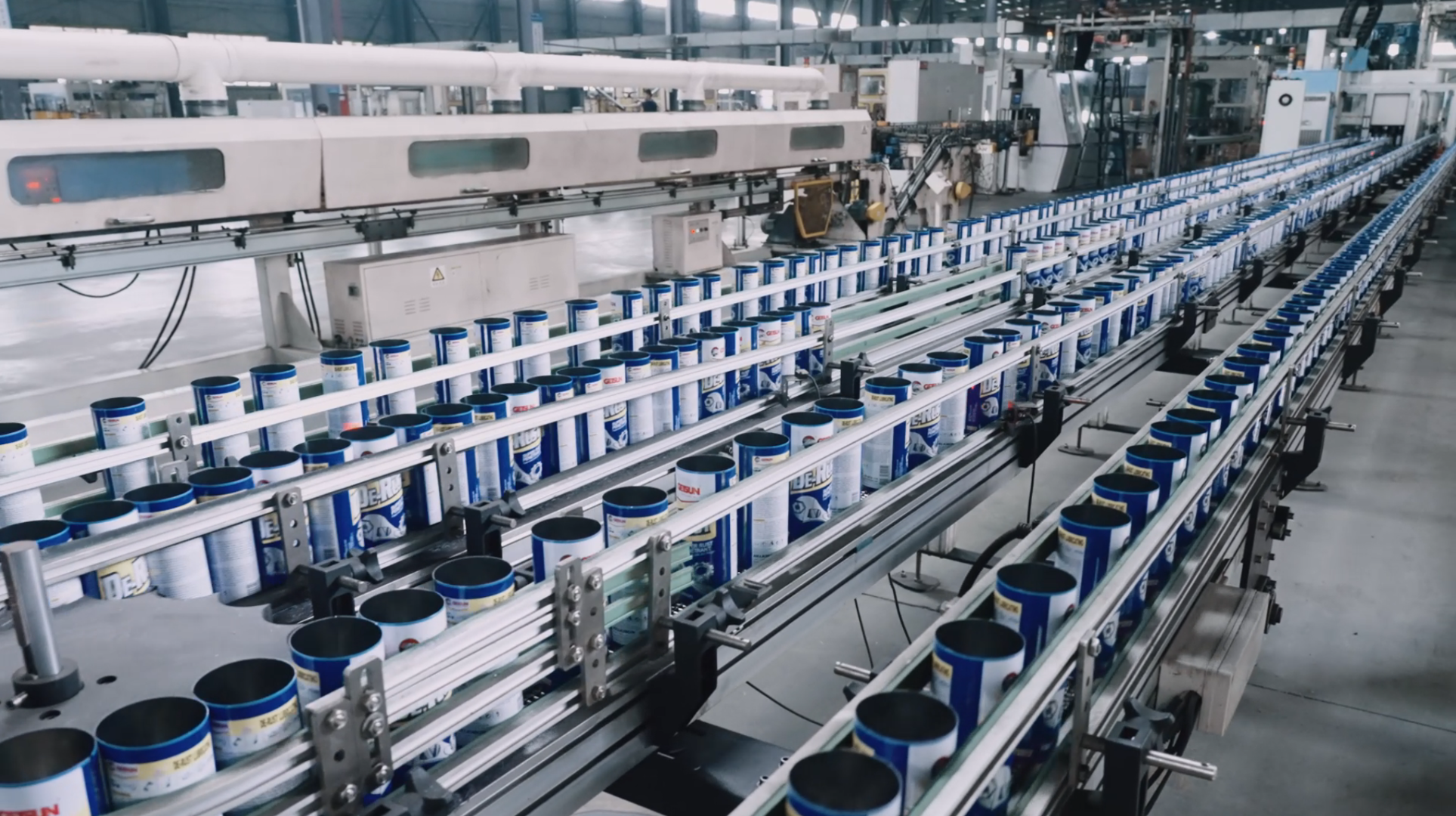
2025 : How Lightweight Tinplate Aerosol Cans Unblock Orders
A 50g can is already over the limit—North American DOT standards are too strict!” “Transportation costs for traditional tin cans account for over 20% of total costs”—In 2025, amid rising global logistics costs and divergent national standards, tinplate aerosol can customization is shifting from “compliance adaptation” to “technological cost reduction”. A leading custom manufacturer recently unveiled three core technical solutions, reducing can weight by 30% while meeting standards of 12 countries across Europe, America, and Asia, attracting industry attention. I. 2025 Customization Technology Selection Table (with Cost Comparison) Technical DirectionCore ParametersApplication ScenariosCost Optimization EffectCompliance StandardLightweight Base Material0.18-0.35mm...Learn more -
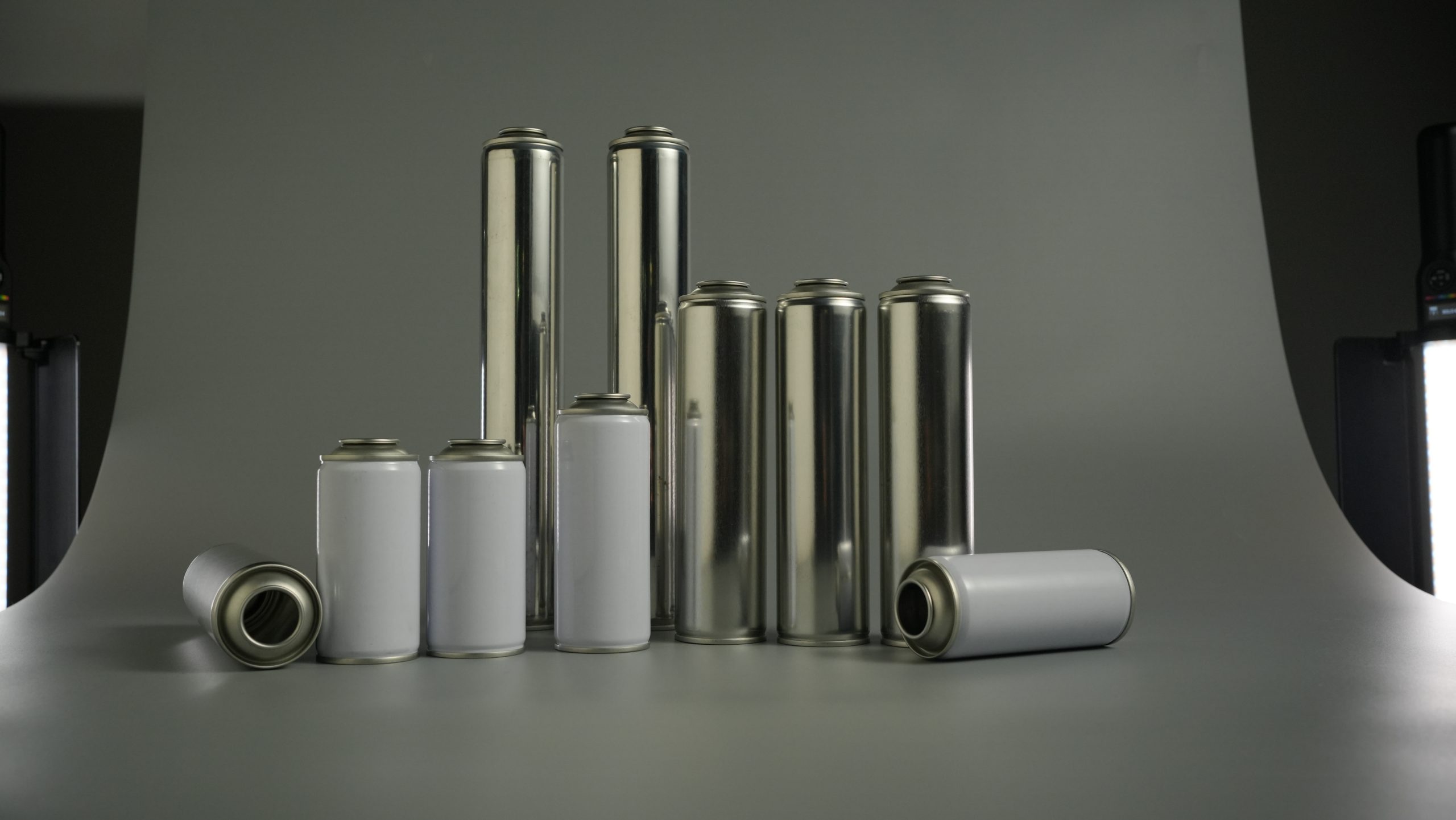
Hard to Find the Right Can? The Solution to Custom Tinplate Aerosol Cans Is Here!
Almost detained due to non-compliant export packaging, or custom sizes never fitting requirements” — these are common headaches for many enterprises in the beauty, cleaning, and industrial sectors. As “safe containers” capable of withstanding a pressure of up to 2.0MPa, tinplate aerosol can customization involves more expertise than meets the eye. I. Customization Core Parameters Table Customization DimensionApplicable RangeApplication ScenarioCompliance BasisCan SizeCaliber 25.4mm, Volume ≤1000mLBeauty sprays (small capacity) / Industrial coatings (large capacity)GB13042-2008Material Thickness0.20-0.50mm Tin-Plated SheetOrdinary cans (cleaners) / High-pressure cans (spray paints)T/ZZB 2331-2021Printing ProcessUV Color Printing / Laser Engraving...Learn more -
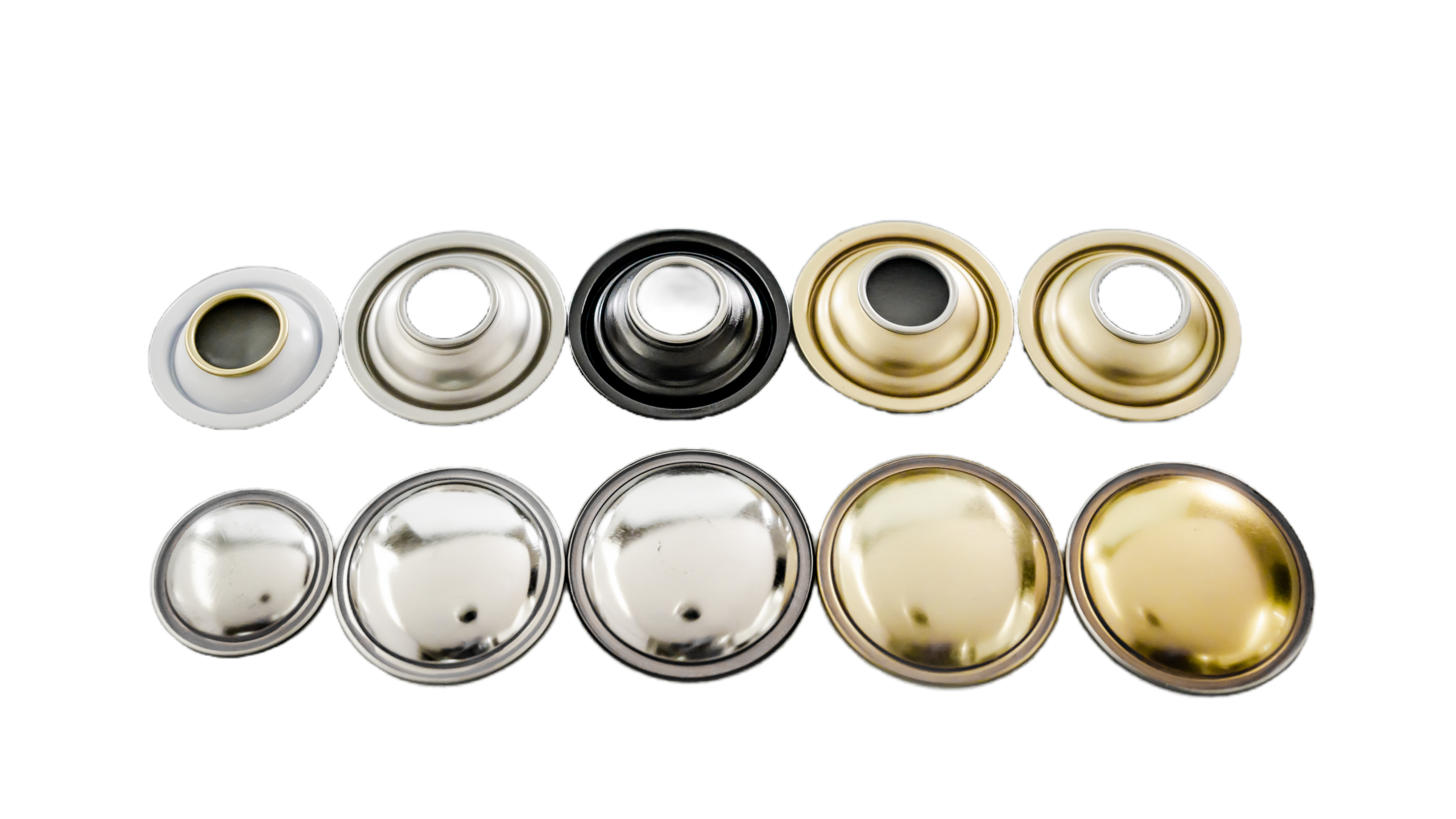
Five Key Quality Factors and Purchasing Tips for Tinplate Aerosol Cans in 2025
In the aerosol industry, “product safety” has always been the core consideration for customers when making choices. As one of the four major components of aerosol products (aerosol cans, valves, liquid formulations, and propellant gases), the quality of tinplate aerosol cans directly determines whether a product can pass market verification. Especially for highly corrosive products like water-based aerosols, insufficient corrosion resistance of the can body may lead to leakage, rusting, or even safety accidents. As a professional custom tinplate aerosol can manufacturer, we integrate the latest 2025 industry standards to break down the 6 core factors affecting tinplate aerosol can quality and answer common questions during customization. I. 6 Core Factors Affecting Tinpl...Learn more

